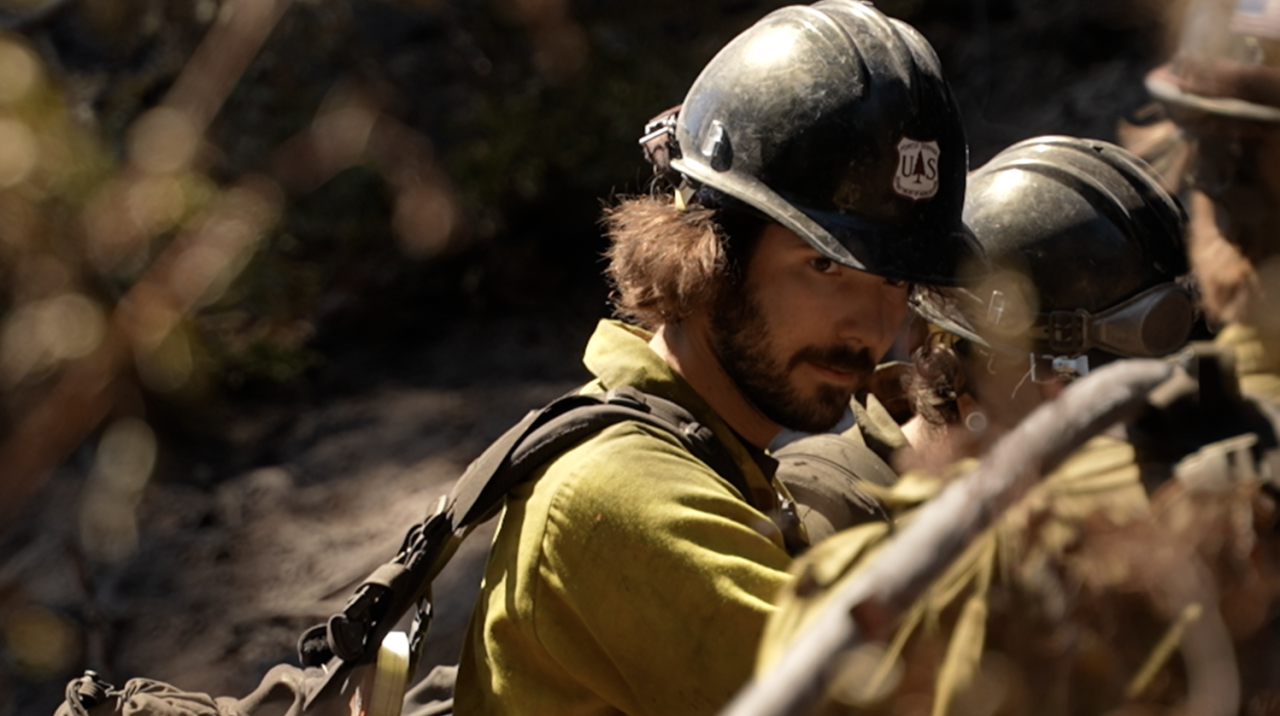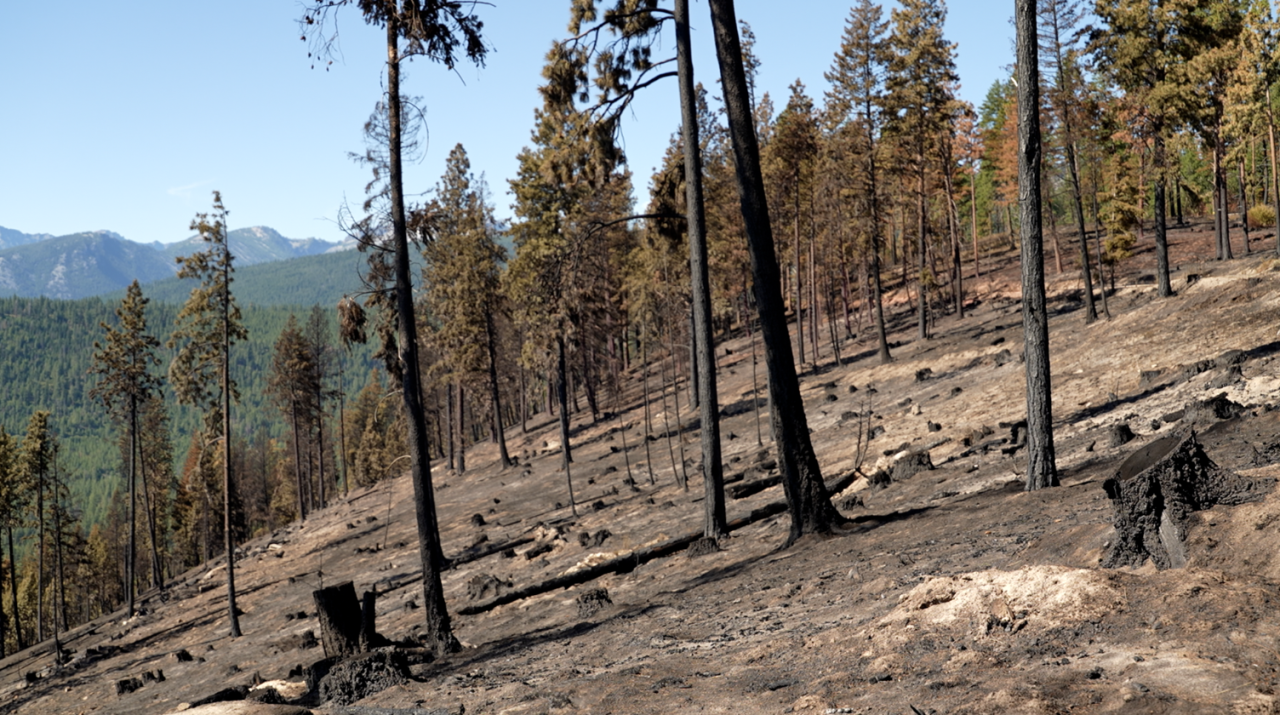HAMILTON — When the Observation Point Fire started on July 24, it was moving fast near a lot of homes and the Lost Horse Lodge.
Watch to learn more about how the West Side Collaborative Vegetation Project aided firefighters:
However, when crews got on scene, a lot of their initial worries about how destructive this fire could be dissipated.
Forest officials say that's because of a previous fuels reduction project.

"I could see the smoke coming and my first thought was like, 'Oh man, that's in people's backyards'," Darby-Sula District Ranger Steve Brown said.
The Observation Point Fire had all the markings to be a major blaze, much like 2016's Roaring Lion Fire, also located south of Hamilton, which destroyed homes and burned around 8,000 acres.
"When we heard Lost Horse Canyon, July, it was windy and a fire kind of down on the bottom, our first thought was here it comes, Roaring Lion fire all over again," Ravalli County Commissioner and Hamilton volunteer firefighter Jeff Burrows told MTN.
However, the 2018 West Side Collaborative Vegetation Project, which harvested fuels in the Lost Horse area, quickly made the Observation Point Fire more manageable.
"We thin the forest so our trees are more spread out, and we selected the best trees that had the most fire resilience and the best health," said Amy Campbell, a silviculturist with the Bitterroot National Forest.
Campbell said that the project also changed the wildfire's behavior.
"By spreading, opening up the canopy and reducing the ladder fuels and the density of that canopy, we're able to create conditions where the fire, which started on the bottom below us, was able to run up the slope but stay on the ground," Campbell said.

Campbell and Brown note it's easier for firefighters when the blaze isn't moving fast through the trees.
"The bucket drops and the retardant were more effective because of the open canopy and the ability for that retardant and water to get down to the forest floor," Campbell said.
"Having this treatment in place, it gave us options, it gave us a fighting chance, and you know, thankfully, we ended up with a good outcome," Brown said.
As the Observation Point Fire is in the mop-up stages, Burrows says the project in 2018 saved homes and the Lost Horse Lodge.
He hopes that more fuel management will continue, including around home ignition zones.
"We're gonna live with fires, but the question is what kind of fires are we gonna have?" Burrows said.
"Are we gonna have Roaring Lion fires that burn all year and burn down thousands of acres of forest and burn down houses? Are we gonna have fires like this that we can actually get in and engage and get out before they destroy thousands of acres of public land and private property?" he said.
Despite its initial growth, the Observation Point Fire is holding at just over 100 acres. It's also now more than 57% contained.



